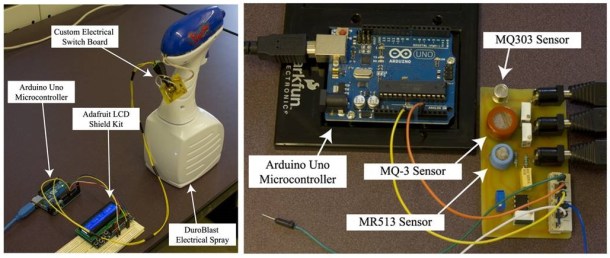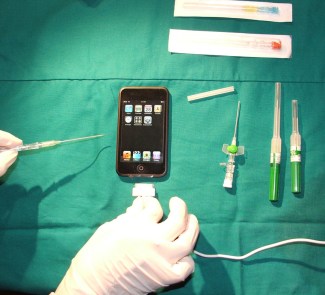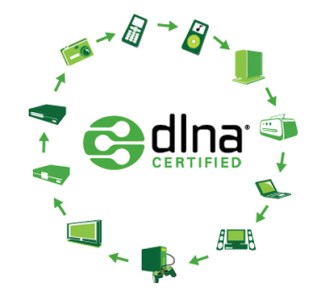Technology looks to nature for inspiration through biomimicry. The most recent development uses chemical signalling, as if we were nerve cells or bacteria, to send a simple text message between two devices.
Communication, understood as the process by which we transmit information from one point to another, is inherent in living things. And it is not only humans who use language or a series of specific signals to share a particular event with others of our own species.
There are many examples of communication at the biological level, such as the communication between bacteria and plants in symbiosis for mutual benefit. And the fact of the matter is that over the course of history, communicative processes have produced positive results for us. For this reason, humanity has come up with different methods of communication: smoke signals, traffic lights or electric signals are just a few examples of the progress in how we transmit information.

Modern telecommunications systems have also made important advances. Today, thanks to the internet and telephony, we can talk to people on the other side of the world. The development of technology has removed virtually all of the barriers in communication. But a few still remain.
For example, today, wireless communication in tunnels or flooded regions is often ineffective. Also, the use of electromagnetic waves in devices such as biosensors has still not been well received by users. These hypothetical barriers have to be overcome with innovative proposals, such as the one from the University of Houston.
Language at the molecular level could revolutionise communication
Scientists in the US have been looking to nature for inspiration, a process also known as biomimicry, to resolve the communication and technological challenges that lie ahead of us. To this end, they have proposed the use of chemical signalling as a way to transmit information in text messages.
All living things on this planet use molecular language. For example, our neurons communicate with one another using highly specific chemical messengers. And bacteria can optimise their attacks in an infection using related signals with a language called quorum sensing. If it already exists in nature, why not try to adapt these chemical signals to developing technological fields?
The idea, published in PLOS One, is based on the optimisation of a transmitter, which would initiate the communication, and whose principal function is to translate text messages to binary language, which would later be adapted to the corresponding chemical signals. To evaluate the transmission channel, researchers used the Arduino platform. In this case, the receiver was a sensor that would receive the specific chemical signals of the message.

To test whether or not the system actually worked, the scientists used two different transmission channels. In testing the new platform, they noted that they had to minimise the chemical signals used as much as possible in order to generate the least amount of noise.
 Changes in alcohol concentration (the medium used in the transmission channel) were used to switch a sensor between one of two possible states: wait state or reception state. Using this system, they were able to send the text message “O CANADA” using chemical signals. Once again, it appears that the molecular language inspired by nature could revolutionise communication.
Changes in alcohol concentration (the medium used in the transmission channel) were used to switch a sensor between one of two possible states: wait state or reception state. Using this system, they were able to send the text message “O CANADA” using chemical signals. Once again, it appears that the molecular language inspired by nature could revolutionise communication.
If this initial prototype moves forward, it could be used in nanotechnology, specifically in sensors on the micro or nano scale, because scientists already know that chemical signalling works at those miniscule levels. Macroscopically, this innovative language could be used in devices related to robotics, because it would be completely bio-compatible and would avoid the conventional problems of existing telecommunications systems.
Images | Photophones (Flickr), Horia Varlan (Flickr), N. Farsad (PLOS One)









